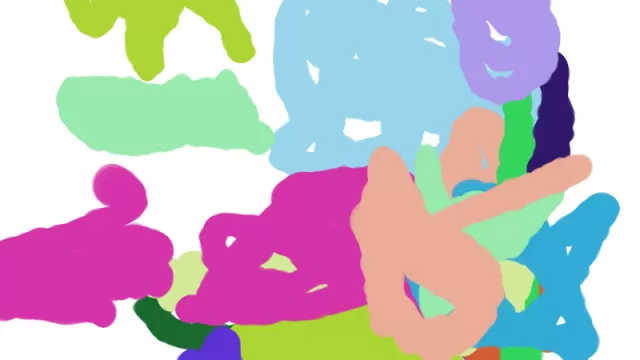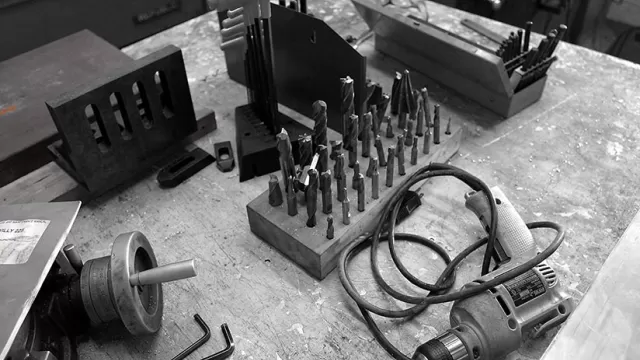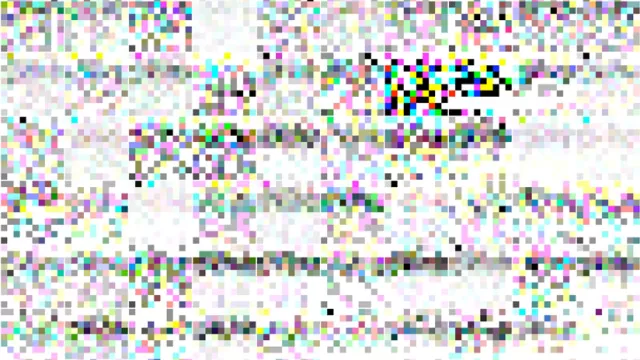Southern Exposure will be hosting my three-part discussion series called “Thinkings: How computers change the way we see by altering the way we think.”
Tuesday, September 21, 7:00 – 9:00pm
Tuesday, October 19, 7:00 – 9:00pm
Tuesday, November 16, 7:00 – 9:00pm



